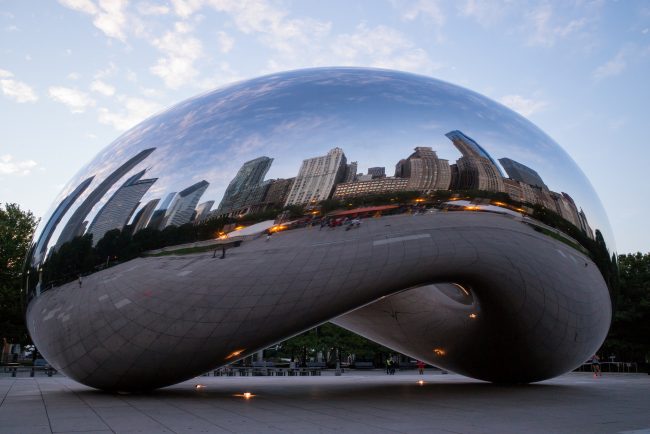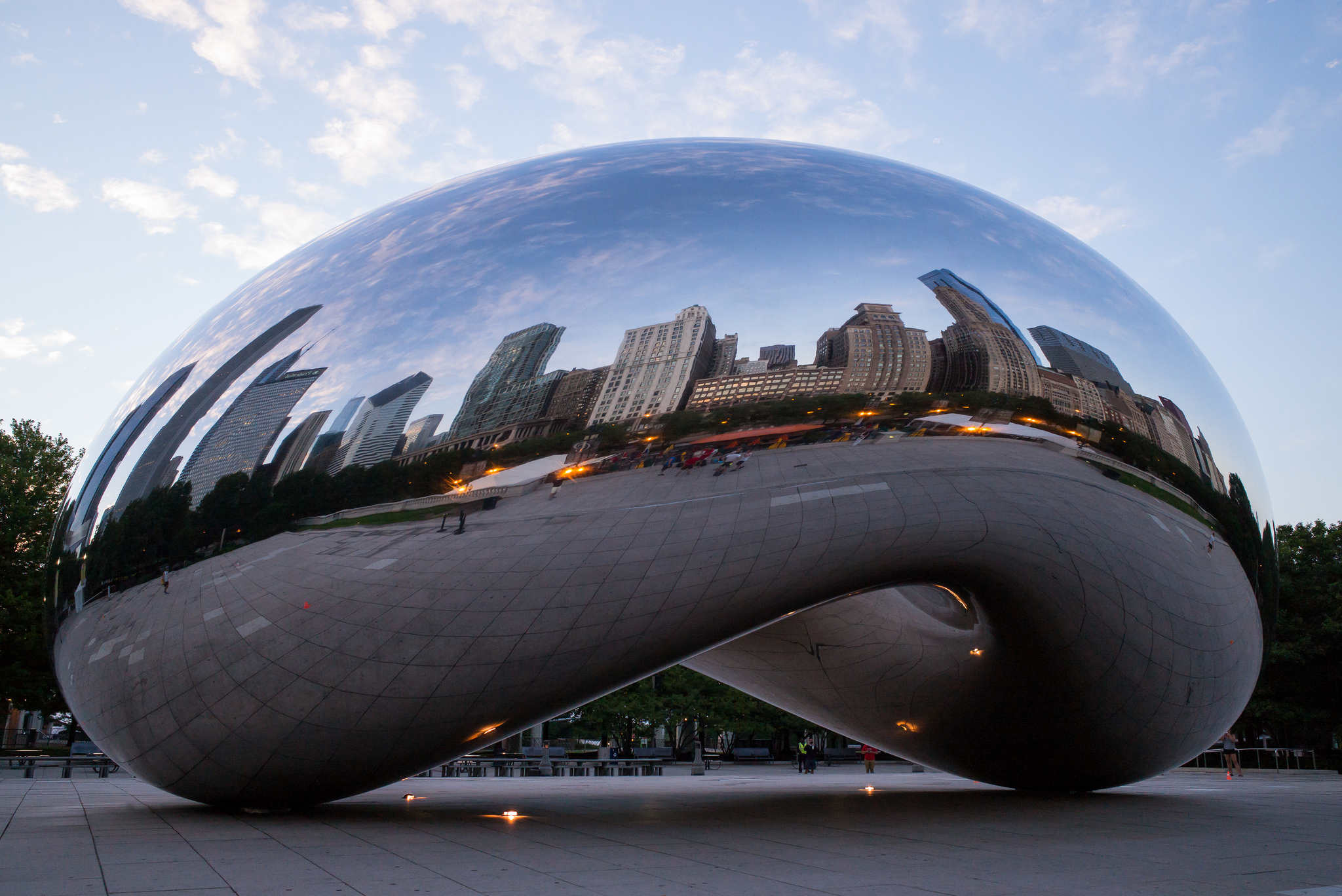|
Getting your Trinity Audio player ready...
|
 Since Chicago was incorporated 182 years ago, the city developed its reputation for criminal activity. However, the city has a colorful history and is the location of many firsts.
Since Chicago was incorporated 182 years ago, the city developed its reputation for criminal activity. However, the city has a colorful history and is the location of many firsts.
Chicago was established as a town in 1833 shortly after the Black Hawk War ended. Within four years the population grew to over 4,000 people.
In October 1871, over one-third of the city was destroyed by fire. More than 100,000 people were left homeless due to the inferno’s destruction. The exact cause of the fire remains unknown, although legend has it Mrs. O’Leary’s lantern was kicked over by a cow.
The fire was fueled by high winds, wooden buildings, the drought. The city’s rebuild moved quickly, and Chicago grew in the late 1800s. Furthermore, the city produced a crop of brand named businesses, for example, George Pullman, Marshall Field, and Potter Palmer to name a few.
The world’s first skyscraper was built there in 1885. They also hosted the World’s Columbian Exposition in 1893. Over 20 million people visited the former bog-lands beside the cities south lakefront during this time.
An era of protest and reform came in 1886 after police fired on protesting workers. In 1894, declining wages triggered a national rail union boycott.

World War I brought many southern African American migrants to the area, and soon Chicago’s version of blues and jazz gave birth.
Tensions grew between the established Irish, Polish, Germans, and the new southern settlers. The clashes led to the bombing of African Americans homes from 1917 until 1921 as well as an eight-day riot.
The city’s population reached three million by 1930 and gangsters like John Dillinger and Al Capone headlined the Sunday papers.
As factories began to level off, people moved to the suburbs. Between 1950-60, poor neighborhoods were replaced with massive public housing. The results of which did not help the problems of violence and poverty that had already called the city home.
Riots and protest consumed the streets once more following the assassination of Martin Luther King in 1968.
Jane Byrne, the city’s first female mayor, was elected in 1979. The first black mayor was Harold Washington elected in 1983.
Richard M. Daley Jr. held the office from 1989 until he declined to seek re-election in 2011. During Daley’s administration, he demolished many of the public housing projects, and this action sparked a public debate.
Chicago has seen a turn around since the 1990s, with many revitalized inner-city neighborhoods.
Police Superintendent Eddie T. Johnson said:
We have recovered more guns and made more gun-related arrests than in previous years, and have more federal gun convictions. The fact that we recovered more illegal weapons than New York and LA combined wasn’t because we are better, but because we have more guns in our city.
Mayor Rahm Emanuel and Johnson came to an agreement and they pledged the city would add 1000 additional police officers to the department.
One of the city’s long term goals has been trying to re-establish trust with the members of the community and in an effort, the depart plans to give detectives cell phones in hopes of improving communication with victims and witnesses.
In February 2019, the city will elect a new mayor who will be facing some critical issues. One of the greatest just might be trying to sustain the reduction of violence and crime that seems to plague the third largest city in the nation.
Written by Leon Murray
Edited by Cathy Milne-Ware
Sources:
CNN: Chicago murder rate drops for the second year in a row
History.comEditors: Chicago
Chicago Welcome Home: Chicago Fun Facts
Featured and Top Image Courtesy of Roman Boed’s Flickr Page – Creative Commons License
Inset Image Courtesy of Mike Boening Photography’s Flickr Page – Creative Commons License



